This Monday September 11, we will meet in person.
Go to calendar for our schedule
Address for the OHMC meditation space:
3812 Northampton St. NW
Washington DC 20015
Please arrive a few minutes early so we can invite the bell on time. You may also arrive 15 minutes early to practice working meditation by helping us set up cushions.
Greetings dear sangha friends,
This week we will meet on Monday evening in person 7-8:30PM at our meditation space (3812 Northampton Street NW), Wednesday morning from 7-8AM online, and Friday 12-1PM online.
I hope everyone has had a wonderful August, enjoying the outdoors and especially last week’s “super blue” rare moon.
I have been working for a long time to truly understand and act on Thay’s many lessons about not identifying ourselves with or by our emotions and thoughts. This relates to his larger guidance about impermanence, a concept I’ve also struggled to fully grasp.
I recently heard a podcast from Tara Brach that talked about the power of “mindful witnessing” what is happening inside us. That made me think again of some of Thay’s writings, so I went back to his “The Pocket Thich Nhat Hanh” book and found a very relevant reading, “Blocks and Knots.”
In it, Thay explains how we can use our breath and our mindfulness to recognize these and welcome them in ways that ease these internal “roadblocks.” This relates to another of Thay’s teachings about weathering our strong emotions.
Thay said: “Fear, insecurity, anger, sadness, jealousy and attachment form blocks of feelings and thoughts within us and we need time and opportunity to acknowledge them and look into them…. Mindfulness recognizes the presence of the feelings, acknowledges them, soothes them and enables the work or observation to continue until the substance of the block is seen. Mindfulness is the only way to transform it.”
He goes on to explain knots as part of our reactivity to others. It often feels to me that these days with the particular political and cultural challenges can deepen these feelings and reactions that can bring pain and suffering.
Recognizing our “blocks and knots” is a huge step forward in treating ourselves with compassion and bringing more insight into our lives. It also feels like a critical part of moving to an anti-racist society.
What are your “blocks and knots?” How do you employ mindfulness and use your breath to recognize and address these? How can we use the lessons Thay is reaching here to reduce our reactivity that is based on these blocks and knots?
I look forward to hearing your thoughts about this on Monday.
Best,
Ellen

